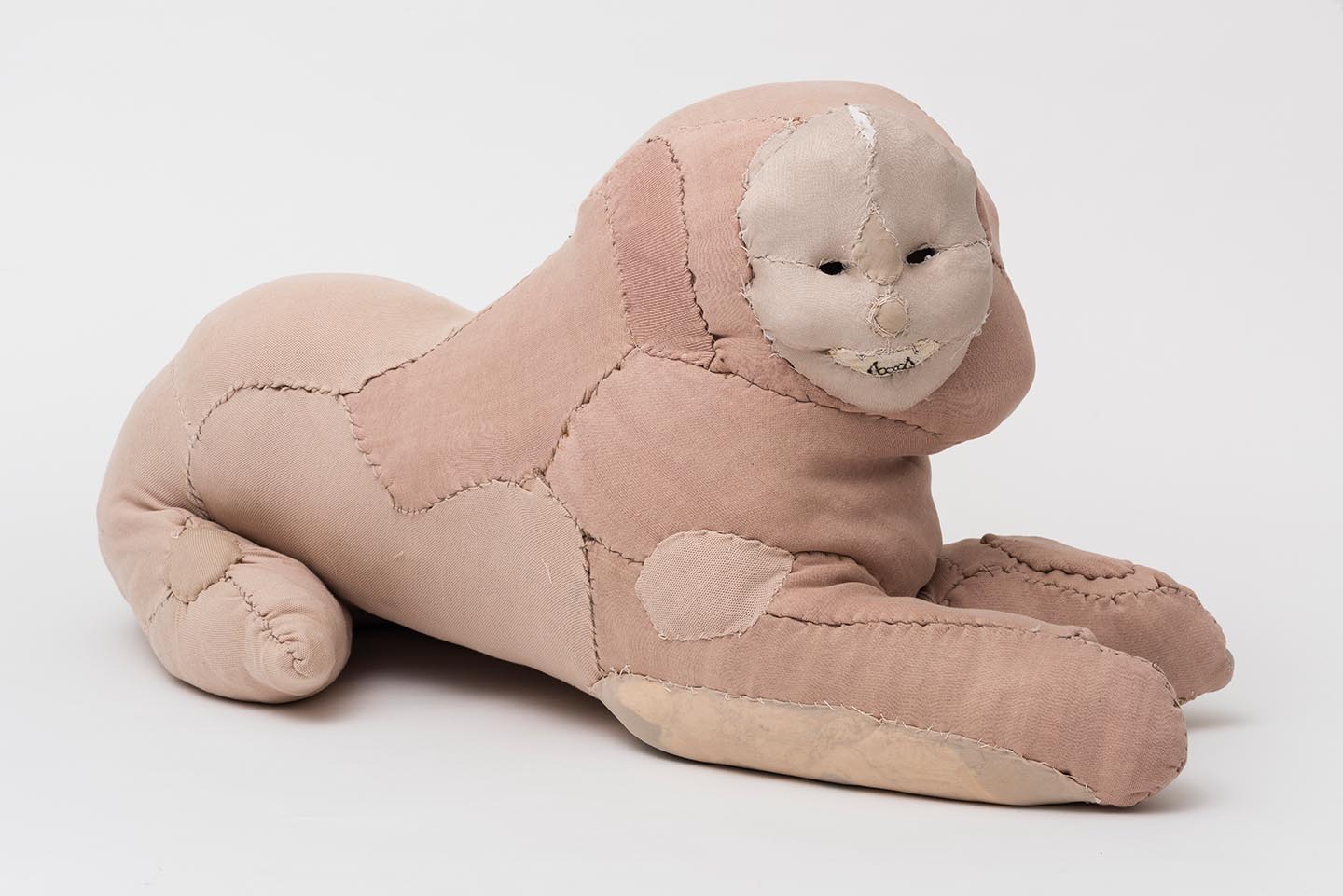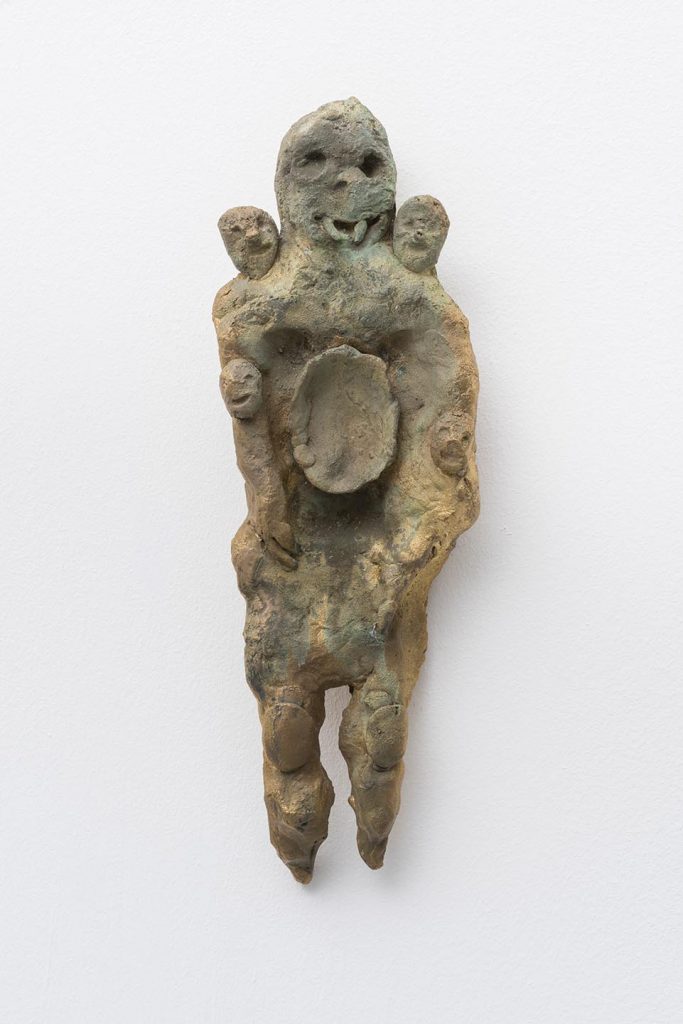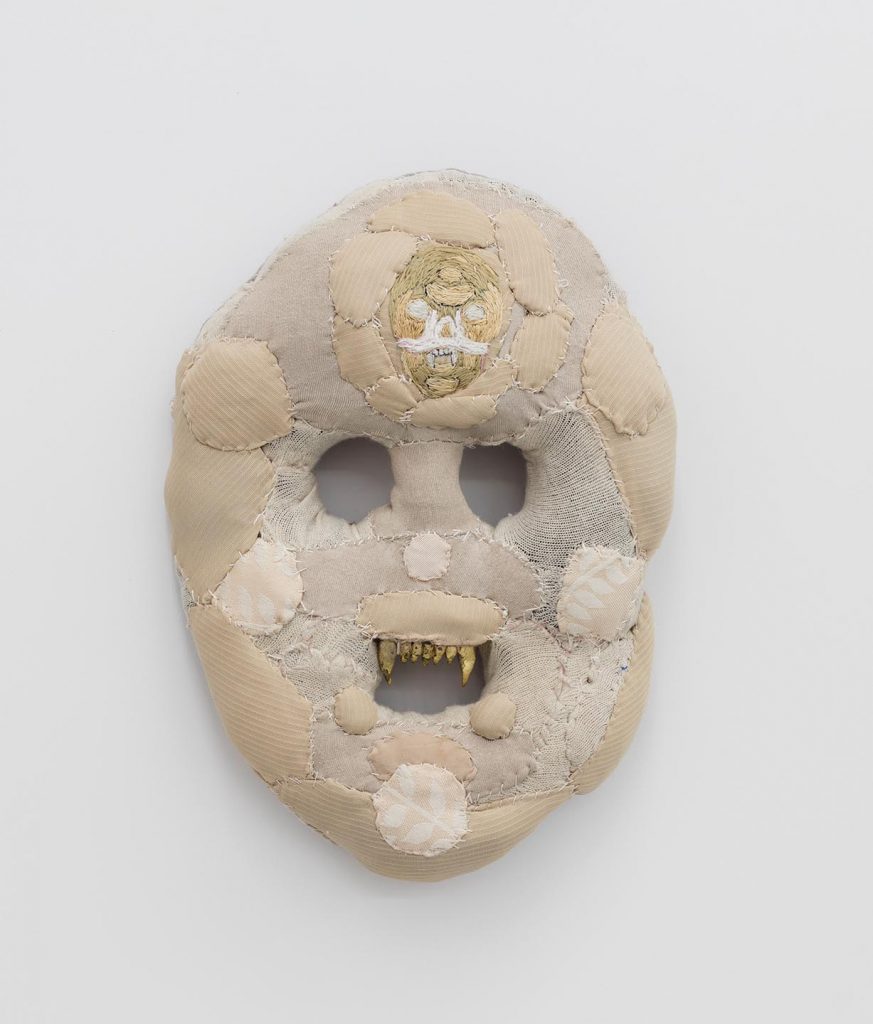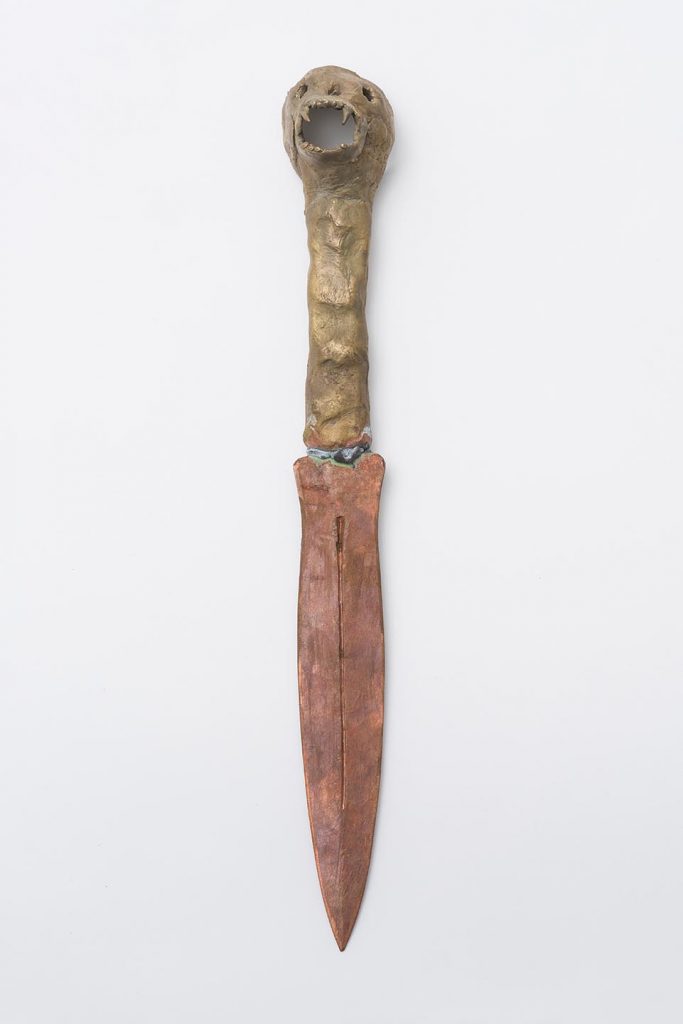Evgeny Antufiev
 In the wake of the general collapse of the space of the myth, the knowledge of myth becomes the basis for creativity and the perception of reality
In the wake of the general collapse of the space of the myth, the knowledge of myth becomes the basis for creativity and the perception of reality
Evgeny Antufiev
“The disappearance of utopia leads to a static state of things in which man himself is no longer any more than a thing” was sentenced on the occasion of ‘THE GARDEN OF EDEN’, a project located in the entrails of the Palais de Tokyo in Paris in fall 2012 suggesting other worlds and putting forward different models of thought and action. A space for a self-creating utopia, it oscillated between skepticism and destruction, hope and aspirations, presenting a hypothetical contemporary Garden of Eden – where Evgeny Antufiev showed his work together with Cecile B. Evans, Rainer Ganahl, Yoko Ono, Raymond Pettibon, Thomas Schütte, Erwin Wurm and more.
Evgeny Antufiev was born in Kyzyl, in the southern Siberian Republic of Tuva, one of Russia’s most remote regions. He studied at the Institute of Contemporary Art in Moscow.
Isolated by its geography and half a century of Soviet annexation, Tuva has maintained its ties to local traditions through the practice of oral folklore and trance-like throat singing, as well as unique religious customs combining native shamanism with Tibetan Buddhism. These Tuvan characteristics inform Antufiev’s practice—in a real but mythic space, Antufiev plays the role of the artistic shaman, much like Joseph Beuys and others before him. An incubator of ancient rituals, ancestral ghosts, and nameless gods, Antufiev creates talismanic, doll-like figures and fashions occult-like arrangements of dried flowers and boiled bones.
 Evgeny Antufiev took part in ‘Ostalgia’ at New Museum in New York in 2011, an exhibition that paid particular attention to the unique place that artists came to occupy in the Socialist countries, acting simultaneously as outcasts, visionaries, and witnesses. Some of the preoccupations that united the artists in ‘Ostalgia’ were a romantic belief in the power of art as a transformative, almost curative agent; an obsession with language; the conception of a new aesthetic of the body; a fascination with the ruins of history as represented by monuments and architectural vestiges; and an understanding of artwork as a form of sentimental documentary that mediates between cultural pressures and individual anxieties. The exhibition traced a psychological landscape in which individuals and entire societies must negotiate new relationships to history, geography, and ideology.
Evgeny Antufiev took part in ‘Ostalgia’ at New Museum in New York in 2011, an exhibition that paid particular attention to the unique place that artists came to occupy in the Socialist countries, acting simultaneously as outcasts, visionaries, and witnesses. Some of the preoccupations that united the artists in ‘Ostalgia’ were a romantic belief in the power of art as a transformative, almost curative agent; an obsession with language; the conception of a new aesthetic of the body; a fascination with the ruins of history as represented by monuments and architectural vestiges; and an understanding of artwork as a form of sentimental documentary that mediates between cultural pressures and individual anxieties. The exhibition traced a psychological landscape in which individuals and entire societies must negotiate new relationships to history, geography, and ideology.
For the artist’s show ‘Twelve, wood, dolphin, knife, bowl, mask, crystal, bones and marble – fusion. Exploring materials’ at the Italian Collezione Maramotti in 2013, after a residence in Reggio Emilia, the variety of objects and materials he made constant use of show no immediate relationship to one another, but fuse with one another within his installations and find themselves transformed: they come to be involved in a process that is reminiscent of alchemy—where the image is again endowed with the power to effect our reconnection with an alternate reality in which to purse the construction of our identity and our relationship with the world. The artist uses his own two hands for the realization of everything he does, making this take on the value of a rite.
 Antufiev’s attempt to place the world on display speaks of a nostalgia for an eschatology where every aspect of the plane of the human finds its correspondence on the plane of the divine, and where the creative gesture of the human being can catalyze an energy into a state of constant mutation that holds the power to evoke an immortality, understood not as survival, but as the “persistence of meaning”.
Antufiev’s attempt to place the world on display speaks of a nostalgia for an eschatology where every aspect of the plane of the human finds its correspondence on the plane of the divine, and where the creative gesture of the human being can catalyze an energy into a state of constant mutation that holds the power to evoke an immortality, understood not as survival, but as the “persistence of meaning”.
From the artist’s words on his work exhibited in that occasion: “The body becomes permeable and soft, wrapping itself around things and meanings, as a mollusk does with a pearl. These items, gleaming with a pearly light, can be extracted if one has a great desire to do so (the miracle of materialization)”. “The artist (…) gradually replaces his fleshly organs for something more perfect. His entire life is devoted to a search for secret connections that cannot be chosen by happenstance. The materials must possess internal correspondences. (…) Resemblance is one of the most important laws of myth“.
Compelled by the oblique connections formed when species are named after deceased famous figures, for his project at Manifesta 11 in Zurich in summer 2016, Antufiev adorned the Wasserkirche with bowls of roses named after literary greats, while a giant rendering of a butterfly is suspended from the ceiling – an ode to Vladimir Nabokov’s other respected career in lepidopterology – a theme the artist revisited for his solo show at Z20 Sara Zanin gallery in Rome last spring.
 ‘Immortality forever’, his exhibition at M HKA in Antwerp held this year, gathers reflections about the legendary ballerina Anna Pavlova, including a real rose and porcelain replicas of different versions of the Pavlova dessert, named after her. The Russian writer Leo Tolstoy is evoked in – on one hand – a collection of postcards of his forest grave and – on the other – a video of an encounter of this international branched family at their family castle.
‘Immortality forever’, his exhibition at M HKA in Antwerp held this year, gathers reflections about the legendary ballerina Anna Pavlova, including a real rose and porcelain replicas of different versions of the Pavlova dessert, named after her. The Russian writer Leo Tolstoy is evoked in – on one hand – a collection of postcards of his forest grave and – on the other – a video of an encounter of this international branched family at their family castle.
Evgeny Antufiev’s highly personal and labyrinthine course of research opens out onto multiple planes of vision which together permit the need for a restoration of the order and meaning of the physical and symbolic world to find a confluence with the need to interpret its “laws”.
